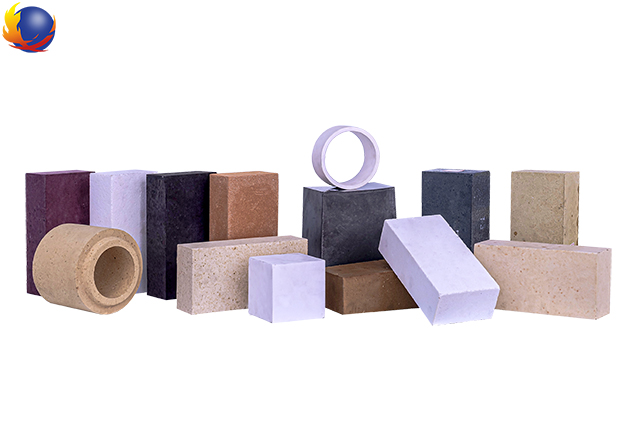The bricks we usually use most when building houses are ordinary red bricks, while refractory bricks are mainly used to build high-temperature furnaces, aluminum melting furnaces and other high-temperature occasions. Although both are bricks, they essentially exist. Big difference.
1. Differences in appearance and color
1. From the appearance point of view, except for special-shaped bricks, the shape of refractory bricks is generally not much different from that of ordinary bricks. They are all rectangular. However, the shapes of refractory special-shaped bricks are different, such as arch foot bricks, Anchor bricks, etc., are selected according to different use occasions.
2. Generally, most ordinary bricks appear reddish brown or gray. The color changes according to the type of soil used in production. Natural refractory bricks appear white. However, due to the different metal content in the raw materials, the color of the fired bricks will vary. They are also different, with colors including brown, moss green, red and jet black.
2. Differences in usage occasions
1. Refractory bricks are generally used in the construction of high-temperature kilns and firewalls. Generally, the temperatures are very high, and the bricks need to be able to withstand very high temperatures.
2. Ordinary bricks are often used in the construction of houses.
3. Differences in material composition
1. There are many types of refractory bricks, mainly including silicon-alumina series refractory bricks, alkaline series refractory bricks, carbon-containing refractory bricks, zirconium-containing refractory bricks, insulating refractory bricks, etc. Today we will mainly introduce silica-alumina refractory bricks, where silica bricks refer to refractory bricks with a silica content of more than 93%. Clay bricks are mainly composed of mullite (25% to 50%), glass phase (25% to 60%), and cristobalite and quartz (up to 30%). The mineral composition of high-alumina refractory bricks is corundum, mullite and glass phases. Their content depends on the AL2O3/SiO2 ratio and the type and quantity of impurities. Refractory bricks can be graded according to the AL2O3 content. Corundum refractory brick refers to a refractory brick with an AL2O3 content of not less than 90% and with corundum as the main phase.
4. Differences in refractory temperature
1. Refractory bricks have high fire resistance, and their temperature can reach 1580℃-1770℃. Some refractory bricks with better materials can reach about 1800℃.
2. The temperature that ordinary bricks can withstand is about 1200°C. If the temperature is too high, it will easily decompose.
5. Differences in thermal conductivity
Chemical additives such as ceramics and iron oxide in refractory bricks absorb high temperatures but do not transmit high temperatures. Therefore, refractory bricks can withstand high temperatures and have low thermal conductivity. They have higher energy efficiency and insulation value. Ordinary bricks are not used in very special environments. , so it has a higher thermal conductivity.



